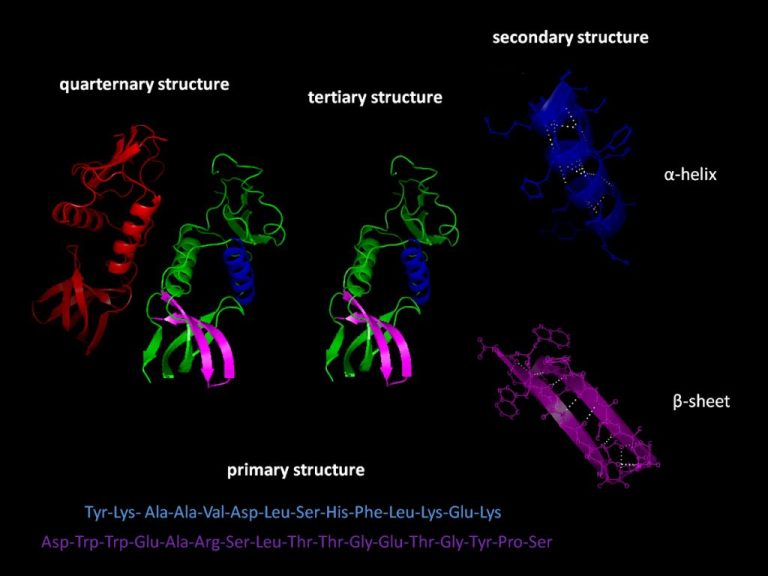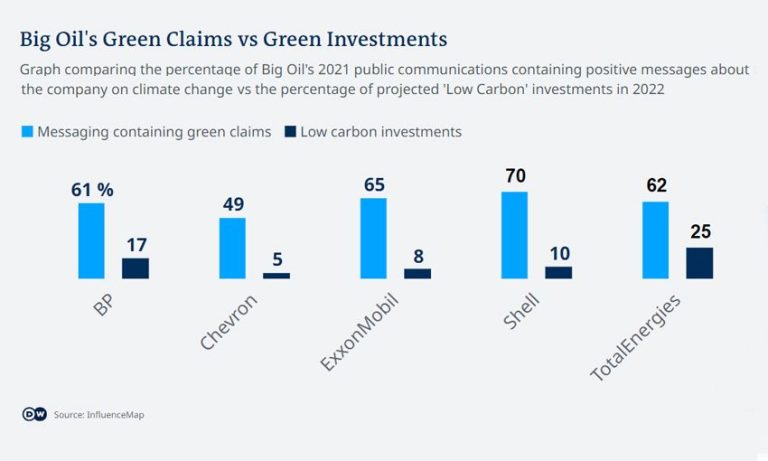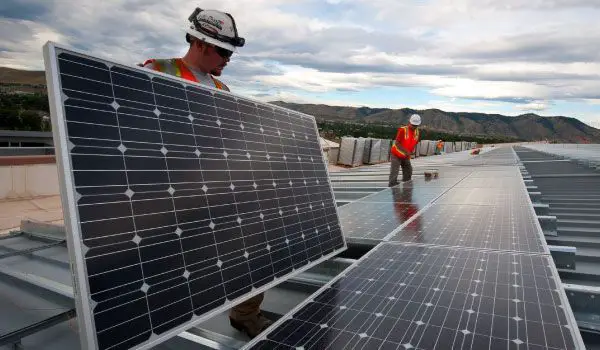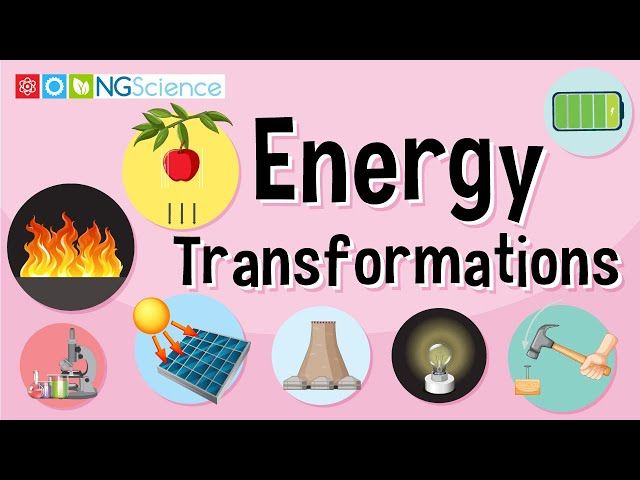Why Is Coal Not A Renewable Resource Quizlet?
The key difference between renewable and nonrenewable resources is that renewable resources can be replenished over time while nonrenewable resources cannot. Renewable resources like wind, sunlight, water, and biomass regenerate naturally over time and can be harvested sustainably. Nonrenewable resources like fossil fuels form over hundreds of millions of years and exist in finite supplies that will eventually be depleted.
Coal is considered a nonrenewable resource because it cannot be replenished over short timescales relative to human life and consumption. Coal forms from the decomposition and compression of ancient organic plant matter, a process that takes hundreds of millions of years. The current rate that we consume coal for energy far exceeds its natural rate of formation, meaning coal reserves are being depleted faster than new coal can be created.
Formation of Coal
Coal formed from organic matter that accumulated in swamp environments millions of years ago. This organic matter consisted of plant material from primitive vascular plants that thrived in humid, tropical environments. As the plants died, they fell into the swamp waters and were partially preserved, accumulating layer upon layer over long periods of time.
The organic material was buried by sediments like mud and silt that were later compressed into sedimentary rock. As more and more sediment accumulated, heat and pressure increased, causing physical and chemical changes in the organic matter. This process is known as coalification, and over millions of years, peat was transformed into lignite, sub-bituminous coal, bituminous coal, and finally anthracite coal.
The entire coalification process, from plant matter to anthracite coal, takes anywhere from 2 million to 350 million years. As a result, coal is considered a non-renewable fossil fuel because it forms far slower than the rate at which it is consumed as an energy source.
Finite Supply
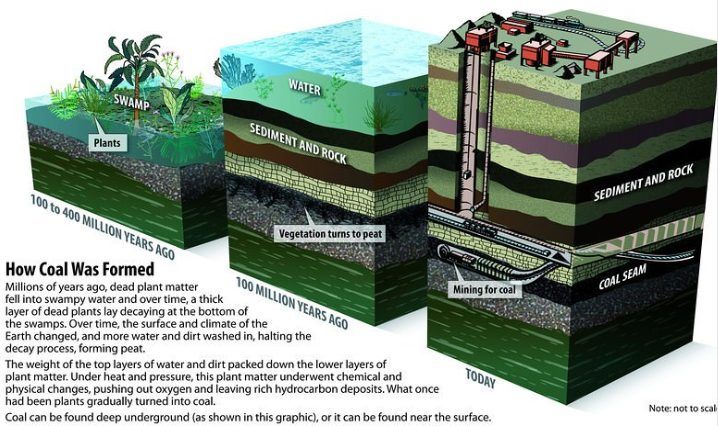
Coal is formed from the decomposition of plant matter that gets buried under layers of soil and rock over millions of years. This means coal deposits take an extremely long time to form, and the current rate of coal extraction far exceeds the rate at which new coal can be created. Once coal reserves are depleted in an area, new coal will not replenish over reasonable human timescales.
The world’s coal reserves accumulated slowly over 300 million years ago during the Carboniferous period when the earth’s landmass formed one large continent called Pangaea. At that time, there were swampy forests covering the earth which later got buried and compressed into peat and eventually into coal seams. This coal accumulation process cannot be easily replicated or renewed now that the continents have shifted and natural conditions have changed.
Overall, coal is a finite resource. The coal that exists today was formed hundreds of millions of years ago and we cannot reproduce those geological conditions or timeline. Mining and burning coal far more rapidly than its replenishment rate means the world’s economically recoverable coal reserves are shrinking. Coal cannot be replenished or renewed like a sustainable resource can.
Extraction Rate
Coal is extracted from the earth at an alarming rate to meet energy demands globally. According to the International Energy Agency (IEA), total global coal production reached 8 billion tonnes in 2018. China was by far the largest producer at 3.6 billion tonnes, followed by India at 1 billion tonnes and the United States at 756 million tonnes. Australia and Indonesia also had substantial production at roughly 500 million tonnes each.
Coal extraction has been increasing steadily over the past decades, with 2018 production more than tripling production levels in 1980. The IEA forecasts continued growth in coal production through 2023 to meet rising electricity demand, especially in developing Asian countries. Most coal is used for electricity generation and steel manufacturing.
At current and projected extraction rates, global coal reserves are being rapidly depleted. The finite nature of coal reserves coupled with high demand demonstrates why coal cannot be considered a renewable resource.
Depletion of Reserves
Coal is considered a non-renewable resource because it takes millions of years to form from dead plant matter, yet we are extracting and burning it at a much faster rate. Coal deposits are finite and localized, concentrated in relatively few regions worldwide. According to estimates, the world has over 1 trillion metric tons of proven coal reserves that are economically recoverable with today’s technology.
At current and projected rates of consumption, these global coal reserves are being rapidly depleted. Most credible forecasts suggest that proven coal reserves could be exhausted in around 150 years or less. However, as the most accessible and highest quality deposits are mined first, remaining coal is often of lower quality and more expensive to extract. This means usable coal reserves are likely to be depleted even sooner than total estimates would suggest.
Additionally, consumption of coal and the rate of depletion is accelerating as emerging economies increase their demand for coal-powered electricity generation. For example, the consumption of coal in China doubled between 2000 and 2010. This growing global usage far outpaces the extremely slow rate of new coal formation, which takes place on geological timescales of millions of years under specific conditions.
In summary, existing coal reserves are clearly being depleted much faster than new ones could ever be formed. This fundamental imbalance demonstrates why coal is considered non-renewable on human timeframes.
Adverse Environmental Impacts
Coal mining and burning have significant adverse environmental impacts that make it unsustainable as an energy source. Coal mining often utilizes mountaintop removal, which involves blasting off the tops of mountains to access coal seams underneath. This destroys forests, wildlife habitats, and waterways. Underground coal mining can also disrupt water tables and lead to erosion and water pollution.
Burning coal releases toxins like sulfur dioxide, nitrogen oxides, particulate matter, and mercury. This leads to acid rain, smog, respiratory illnesses, and pollution of waterways. Coal power plants are the largest emitters of mercury, a heavy metal that can cause neurological damage in humans. The ash left over from burning coal contains toxins and heavy metals that can leach into groundwater if not properly contained.
Coal-fired power plants are also major contributors to greenhouse gas emissions that drive climate change. The CO2 emissions from burning coal make it very carbon-intensive compared to natural gas or renewable sources. Overall, coal has many negative environmental externalities that demonstrate it is not sustainable for long-term energy production.
Slow Formation
Coal is formed from ancient plant matter that was buried under sediment and exposed to heat and pressure over millions of years. The process that creates coal takes an extremely long time, as plant matter accumulates in wetlands or peat swamps and is gradually buried by sediment. Over millions of years, the increase in heat and pressure from the buildup of sediment causes physical and chemical changes in the organic matter, transforming it through peat and lignite to sub-bituminous, bituminous and finally anthracite coal.
Because coal formation takes millions of years under specific conditions, it is considered a non-renewable resource. The coal that is extracted today began forming over 300 million years ago during the Carboniferous Period when the earth had extensive wetlands and swamps with lush vegetation. This ancient plant matter eventually turned into coal deposits. While peat is still accumulating in some wetlands today, it will take many millions of years for this new plant matter to transform into coal that can be mined and used as an energy source.
The slow formation rate of coal means that coal is being depleted much faster than new coal can form to replace it. The coal that took 300 million years to produce is being extracted and consumed in a tiny fraction of this time frame. At current rates of global coal consumption, coal reserves that formed many millions of years ago are being rapidly depleted. Since the coal formation process cannot keep pace, coal is considered non-renewable.
Non-Renewability
Coal is considered a nonrenewable resource because it takes millions of years to form naturally and we are consuming it much faster than it can be replenished. The main reasons coal is not renewable are:
– Coal is formed from ancient plant matter that was buried under sediment and exposed to heat and pressure over millions of years. This geological process cannot be replicated quickly.
– The world’s coal reserves accumulated over 300 million years, while our current rate of coal consumption is very high. We are depleting coal reserves faster than new coal can be created.
– At current and projected rates of extraction, global coal reserves are estimated to run out within the next 100-200 years. Coal is being consumed much faster than it is being replenished naturally.
– While some techniques like coal gasification can produce fuel from coal more efficiently, they cannot renew coal reserves themselves. The finite prehistoric plant matter needed to create coal is not renewable.
– Alternatives like solar, wind, and hydropower are considered renewable since they are replenished naturally on an ongoing basis. Coal relies on finite geological deposits.
– Overall, the slow formation, limited supply, and rapid extraction of coal make it a nonrenewable resource unlike alternatives that can regenerate themselves indefinitely.
Sustainable Alternatives
As coal reserves continue to dwindle, many countries are transitioning to more sustainable and renewable energy sources. Here are some of the most promising alternatives to coal power:
Solar Power
Solar photovoltaic panels convert sunlight directly into electricity. Solar power generation has expanded rapidly in recent years due to falling costs. It produces no air pollution or carbon emissions during operation.
Wind Power
Wind turbines harness the wind to generate electricity. Wind power capacity has also grown substantially worldwide. Wind power produces no emissions during operation.
Hydropower
Hydropower utilizes flowing water to generate electricity via turbines in dams. It provides a stable, reliable renewable power source in regions with adequate water resources.
Geothermal Power
Geothermal power taps heat from beneath the earth’s surface to produce steam to drive electric generators. It provides constant baseline power unaffected by weather conditions.
Biomass Power
Biomass power uses organic matter like crop residues, forest debris, and animal waste as fuel to generate electricity. It can provide decentralized renewable power in rural areas.
Transitioning from coal to clean renewables like these can help provide energy in a sustainable manner for current and future generations.
Conclusion
In summary, coal is considered a nonrenewable resource because it cannot replenish itself at a sustainable rate relative to how quickly it is being extracted and consumed. Coal takes millions of years to form from organic plant matter undergoing tremendous pressure under the earth’s surface. Therefore, the current global coal reserves accumulated extremely slowly over the course of hundreds of millions of years.
However, we are depleting these finite reserves at a rapid pace to burn for energy generation. At current extraction and consumption rates, experts estimate global coal reserves may be exhausted within the next 100-200 years. Since the natural coal formation process is much slower, occurring over geological timescales, we are using up coal at a rate far faster than it can replenish. New coal is not being created quickly enough to be considered a renewable resource that can regenerate itself perpetually.
Due to coal’s non-renewable nature, many countries are shifting to more sustainable energy sources such as solar, wind, and hydropower that rely on processes that naturally renew themselves much faster. Relying on finite resources like coal is not sustainable in the long run. The renewable options can help provide cleaner energy while conserving limited nonrenewable coal reserves.

